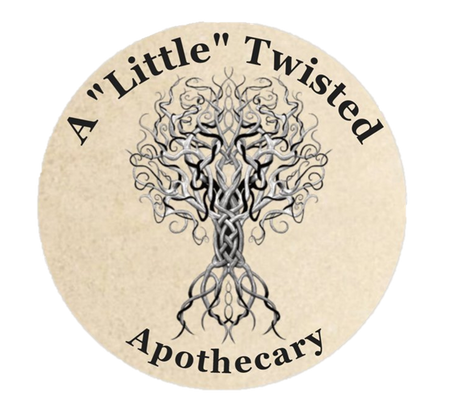Lunar Eclipse Magic & Folklore
The magic of the moon is something that many modern Pagans find compelling. After all, for thousands of years the moon has been a source of folklore, myth and legend. One of the most intriguing aspects, from a magical perspective, is that of a lunar eclipse.
The Science of the Eclipse
Since the moon doesn’t emit any light of its own, what we see of it in the night sky is sunlight reflected off the lunar surface. A lunar eclipse occurs when the earth’s shadow blocks the sun’s rays, causing it to appear temporarily darkened. Unlike with a solar eclipse, which can only be seen in a few parts of the world as it happens, a lunar eclipse can be spotted by anyone on the nighttime side of the planet.
There are actually three different types of eclipses. A penumbral eclipse takes place when the moon passes through only the outer edges of the earth’s shadow, or penumbra — it’s often very subtle and many people don’t even notice it. A partial eclipse involves part of the moon traveling through the earth’s umbra, which is the more direct, centralized part of the shadow. Because the earth, sun and moon don’t form a direct line during a partial eclipse, we’re often still able to see the moon in the sky during one of these events.
The total eclipse is what we see when the earth’s shadow completely blocks the moon, and it goes fully dark for a period of time. Many times, the moon appears to be a reddish or bloodlike color as the event takes place. This is what many people think of when they hear the words “lunar eclipse,” and it has been a harbinger of major events in many cultures for a long time.
Eclipse Folklore and Legend
Let’s look at some of the myths, legends and magic that surround the phenomenon of the lunar eclipse.
- Christopher Columbus knew that a lunar eclipse was coming in February 1504, thanks to his handy-dandy almanac. He used this knowledge to scare Jamaican natives into offering food and shelter to his men, telling their chieftain that God was angry the natives wouldn’t help him. He said God would turn the moon blood red, and then make it go away completely, as a way of expressing his displeasure. Sure enough, the moon disappeared, and there was a great deal of terror among the locals. Right as the eclipse was about to end, Columbus said that God was going to forgive the natives as long as they kept the sailors fed. The moon reappeared, and Columbus and his men ate well until the next Spanish ship arrived.
- A tribe in Benin, Africa, sees the lunar eclipse as a period of battle between the sun and the moon, and chants and dances are done to encourage reconciliation in the sky. They use this time as a way of resolving quarrels amongst themselves, much as the sun and moon resolve their feud at the end of the eclipse.
- In the Norse eddas, a monster named Managarmr, the Moon Hound, swallows up the moon and stains the skies with blood during Ragnarok. According to the Gylfaginning, Managarmr is also known as Hati Hróðvitnisson, and is the son of Fenrir, the grey wolf, and a giantess.
- Some practitioners see the eclipse period–which is generally pretty short–as being the equivalent of an entire lunar cycle packed into one brief event. After all, the moon has the appearance of waxing, waning and reappearing during an eclipse.
In some modern magical traditions, a lunar eclipse is considered a sort of metaphysical bonus round — in other words, any spellwork you do during this period is amplified and has a bit of extra power behind it.
Lately, a few people seem to have latched onto the idea that it’s just plain dangerous to perform magic during a lunar eclipse, especially if you’re a “newbie Pagan.” There is absolutely no logical basis for this theory. If you’re worried enough about the state of your psyche that you believe it could be somehow damaged by doing magic during an eclipse, then you need to either (a) not do magic at all, or (b) learn how to ground, center and shield so you won’t self-sabotage any workings you do.
So, what kind of workings should you focus on during an eclipse? Well, remember, an eclipse only takes place during the full moon phase of the lunar cycle, so this is a good time to do rituals focused on personal growth and spiritual development. Some examples could include, but are not limited to:
- Spells related to increasing your intuitive awareness and psychic ability, as well as divination and wisdom.
- Healing magic or rituals, particularly those that tie into women's mysteries or reproductive health.
- Rituals that connect you closely with deity, such as Drawing Down the Moon, or other spell work designed to invoke the god or goddess of your tradition.
- Any working related to developing your magical skills.
- Rituals that honor lunar gods and goddesses–now is a really good time to make an offering to them!
Finally, remember that even if an eclipse is taking place where you can’t see it — it’s raining, there’s a cloud cover, or you’re just stuck inside for some reason – you can still take advantage of its power and energy. It’s out there and it’s happening, so make the most of it and use it to your own benefit.


